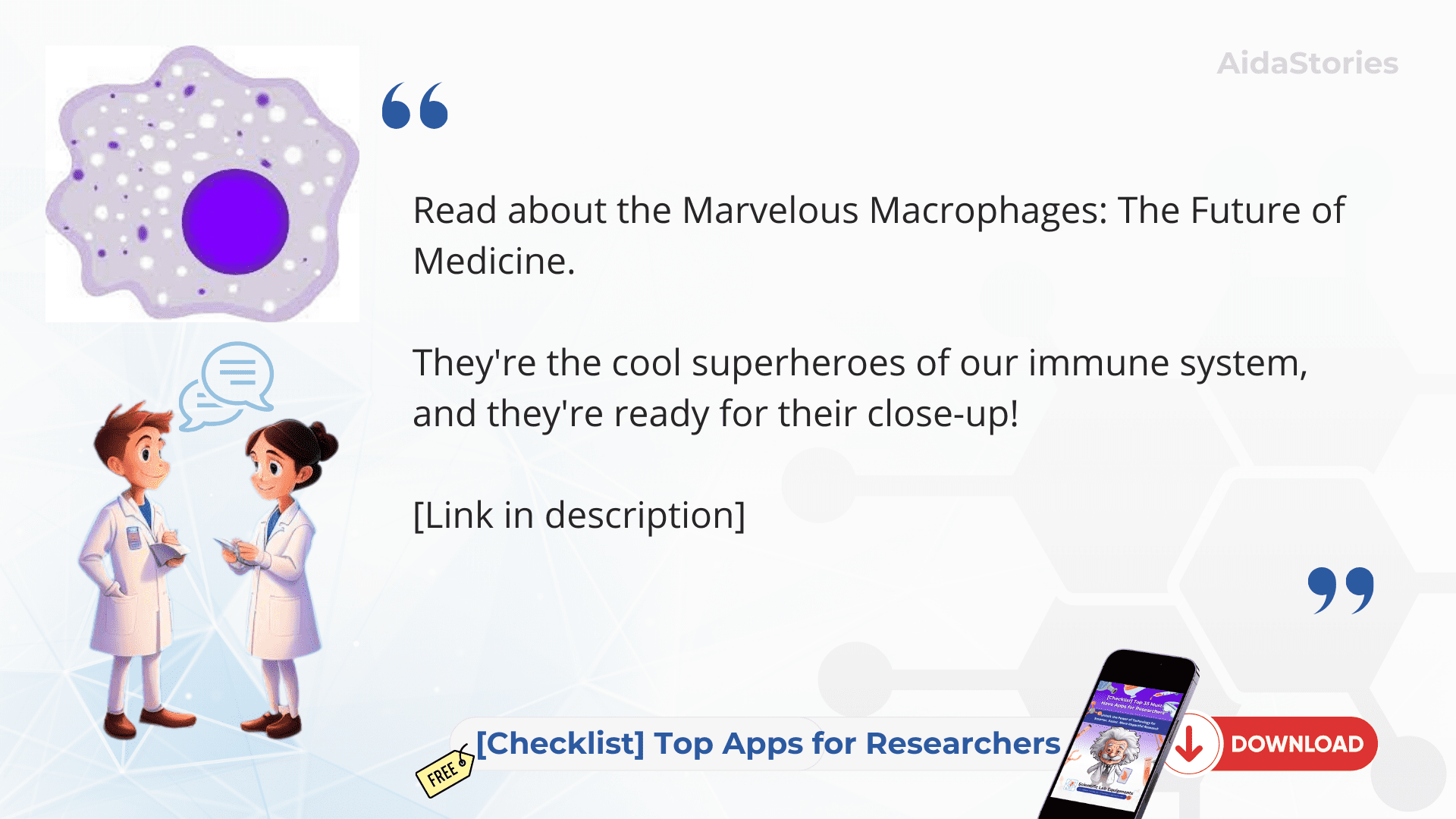Improving Reproducibility in Research
Isn’t this fundamental to the scientific community: improving reproducibility in scientific research? The ability of researchers to replicate the results of a study by following the same methods and procedures. For its is crucial for every scientist, every researcher, every lab to build upon their existing research, verify its accuracy, and ultimately advance the scientific knowledge. I have cited an example of pyrolysis process below to support my view.
But as more studies have failed to confirm the results of their forerunners, concerns about the reproducibility of scientific research have grown in recent years. I will discuss some of the problems and best practises for enhancing reproducibility in scientific research in this session. I sincerely hope you’ll find it useful and pass it along to your friends.

Best Practices for Improving Reproducibility:
To ensure repeatability, as researchers, I believe, the research community must adhere to the following recommended practices:
Transparency: The ability to reproduce a study is ensured by transparent procedures and outcomes. To do this, the collection, processing, and statistical methodologies used by researchers should all be described fully. And making this unprocessed data, source code, and software available for free study, and use by other researchers must be a part of this.
Pre-registration: Before data collection, a study’s design, procedures, and analytic strategy needs to be registered. This procedure can aid in lowering the likelihood of publication bias and selective results reporting.

Have you ever wondered why some research findings are hard to replicate or why some studies seem to always show positive results? 🤔
According to an article in Nature, the current system of academic incentives in research often prioritizes publication metrics over quality and reproducibility. This creates a culture of competition where researchers are incentivized to produce as many high-impact publications as possible, which can sometimes come at the expense of transparency, collaboration, and rigor.
But by working together, we can build a more dependable and trustworthy scientific enterprise that is better prepared to handle the intricate problems our world is currently facing.
Let’s prioritize transparency, collaboration, and quality in research and create a better scientific future! 🌎👩🔬👨🔬
Replication: Researchers can validate their findings and add to the corpus of knowledge by repeating past investigations. Therefore, in my opinion, researchers should conduct investigations using the same techniques and procedures as the original study and record any deviations or discrepancies in the results.
Collaboration: Here, researcher collaboration can make it simpler to share knowledge, assets, and expertise and can produce findings that are more dependable and repeatable. Therefore, working together on a project can also lead to a larger sample size, which increases the statistical power of a study.
Challenges to Improving Reproducibility:
To increase the reproducibility of scientific research, however, there are a number of issues that must be resolved, including:
Incentives: Academic incentives such as funding, tenure, and promotions, are frequently determined by publication and citation metrics. As a result, studies that are poorly planned, analyzed, or reported may be published as a result of a culture that favors number above quality.
Methodological variations: It may be challenging to compare and reproduce results as a result of methodological variations between investigations. To lessen the possibility of conflicts and differences in results, researchers should work to standardize methodologies and procedures.
Data sharing: Due to moral, governmental, and practical concerns, data sharing can be difficult. Data sharing may be resisted by researchers due to worries about privacy, intellectual property, or possible abuse. Additionally, there might be restrictions on the information that can be shared, such as information that is covered by laws protecting patient privacy.
Statistical Power: The possibility of detecting an effect in a study, given a specific sample size and effect size, is known as statistical power. Studies with poor statistical power may be more likely to produce results that are impossible to replicate. To increase statistical power, I think researchers should make an effort to use appropriate sample sizes and statistical techniques.
Example Of Pyrolysis Technique In Research
During the pyrolysis process, similar organic chemicals are heated in the absence of oxygen to produce a solid residue, liquid tar, and a gaseous mixture. It has gained appeal as a method for waste management and resource recovery, with applications ranging from charcoal formation to waste plastic conversion. And recent pyrolysis investigations using different pyrolysis systems were examined by academics from the University of Sheffield. They found that the design, operation, and calibration of the pyrolysis systems greatly affected the composition and yield of the pyrolysis products. The researchers came to the conclusion that standardization of pyrolysis systems and processes is crucial for improving the reproducibility of pyrolysis research.
For more information on improving reproducibility in scientific research, here are some reputable sources that can be referred to: National Institutes of Health, Nature, Science, American Association for the Advancement of Science.
Conclusion:
To promote reproducibility in scientific research, I understand a commitment to transparency, pre-registration, replication, and collaboration is required. And researchers also need to overcome problems related to incentives, methodological differences, data sharing, and statistical power. So the use of these best practices along with addressing these problems, I envisage researchers can strive towards a more stable and repeatable scientific research ecosystem.
As one wise scientist once said, “Science is a way of thinking much more than it is a body of knowledge.” So making scientific research more reproducible allows us to improve the scientific method and promote knowledge growth for future generations. Isn’t it?
Commonly asked questions
- new emerging technologies
- applications of nanomaterials
- nanoscience and nanotechnology
- nanotechnology in food
- nanotechnology in electronics
- nanotechnology in dentistry
- nanotechnology in textiles
- nanotechnology in biotechnology
- nanotechnology in engineering
- nanotechnology in physics
- nanotechnology in robotics
- use of nanomaterials
Most used lab equipment
- spin coating machine
- magnetic stirrer hot plate
- dry bath incubator
- laboratory fume hood
- laboratory water bath
- orbital shaker incubator
- centrifuge machine
- laboratory colorimeter
- laminar air flow cabinet
- laboratory microscopes
- lab weighing balances
- ph meters for lab
Spray Pyrolysis Process: Unveiling a World of Advance Materials CNTII02
Perovskite Solar Cells Research with Cost-Effective Spray Pyrolysis CNTII02P1
Best Spin Coating Machine Manufacturer In India – Navson Technologies – CNTII01
Solar Cells Science Lighting Up Brighter Energy Future – CNTII01
Spin Coater Magic Not Required In Alchemy of Ultrasound and Nanoemulsions
The Joyful Lifestyle Scribe
Hey there! I’m Geeta, a wordsmith of sorts who loves to read, write, and share all things about sustainable living. Aside from a career as a content specialist, I like to weave tales about embracing a healthier, happier lifestyle. My pen dances to the rhythm of eco-friendly choices that you would assumingly like too, and the joy of living well. Let’s explore the journey to a greener, more fulfilling life together!

Disclaimer: Content on this site is provided for general informational and educational purposes only and is not a substitute for professional advice. It’s not a substitute for professional advice. So, before making any big decisions, always consult with the experts in the specific field. We’re here to spark curiosity and inspire, but your best bet is to get personalized guidance for your unique situation. Stay awesome and informed!





